Invisible Children: Public Education’s Failure to Support Neurodiversity
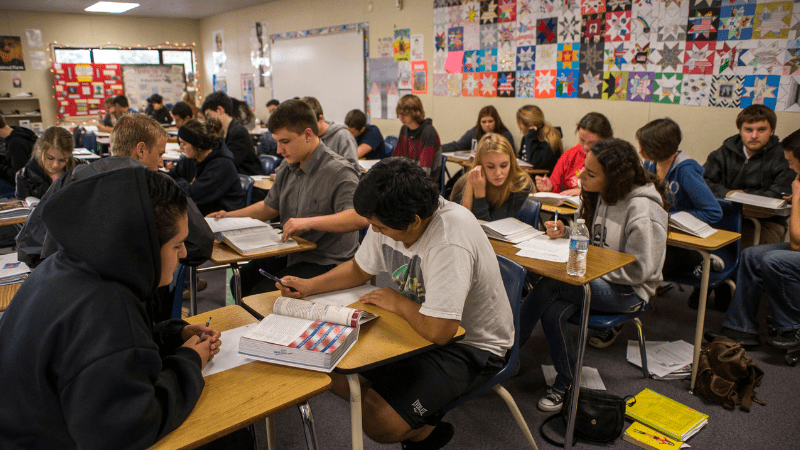
The Promise of Public Education
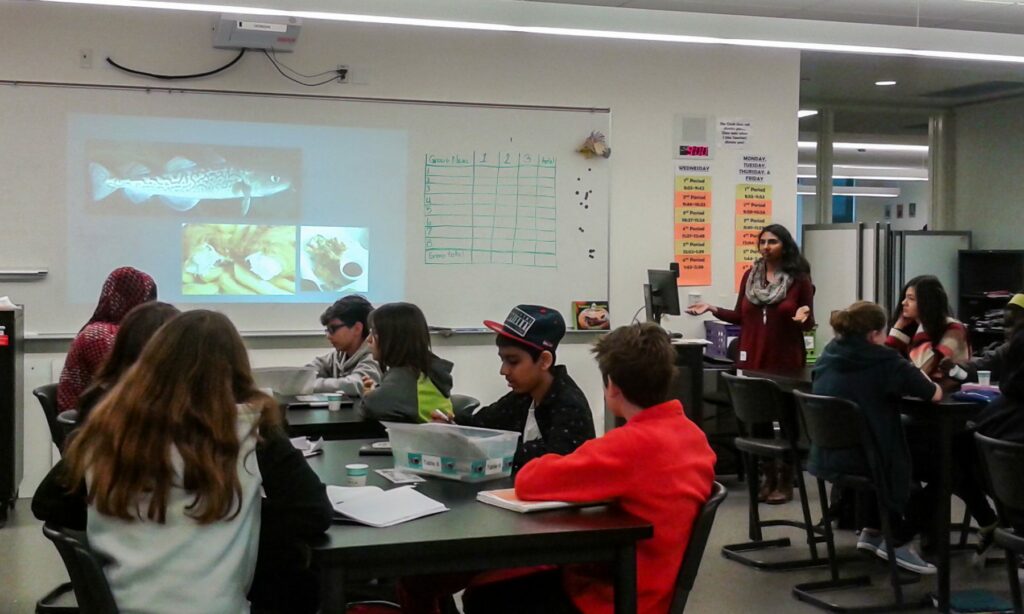
The Essence and The Reality:
The essence of public education is its solemn vow to provide equal opportunities for all children, a promise that resonates deep within our societal fabric. However, when we delve deeper, it becomes hauntingly apparent that this system often lets down its most fragile members — our neurodiverse learners. Denver suburbs’ charter schools offer a glaring representation of the nationwide challenges these innocent souls encounter in diverse learning settings.
The Lofty Ambitions of Public Education:
At the heart of public education, especially in charter schools, lies the commitment to mold teaching approaches to the uniqueness of every learner. Yet, the quintessential question arises: Are these establishments, tangled in bureaucratic intricacies, truly fulfilling this noble pledge, more so for the students who require special attention?
Challenges Faced by Families

A Heartrending Narrative:
Imagine a young child, grappling with Autism and ADHD, armed with detailed evaluations elucidating their distinct learning necessities. When their guardians, with hope in their eyes, approach reputed public charter schools for understanding and necessary adaptations, the reception is often marred by indifference and barriers. This narrative is an all-too-familiar heartache for countless Denver metro families journeying through diverse learning education.
The Swelling Wave of Diagnoses:
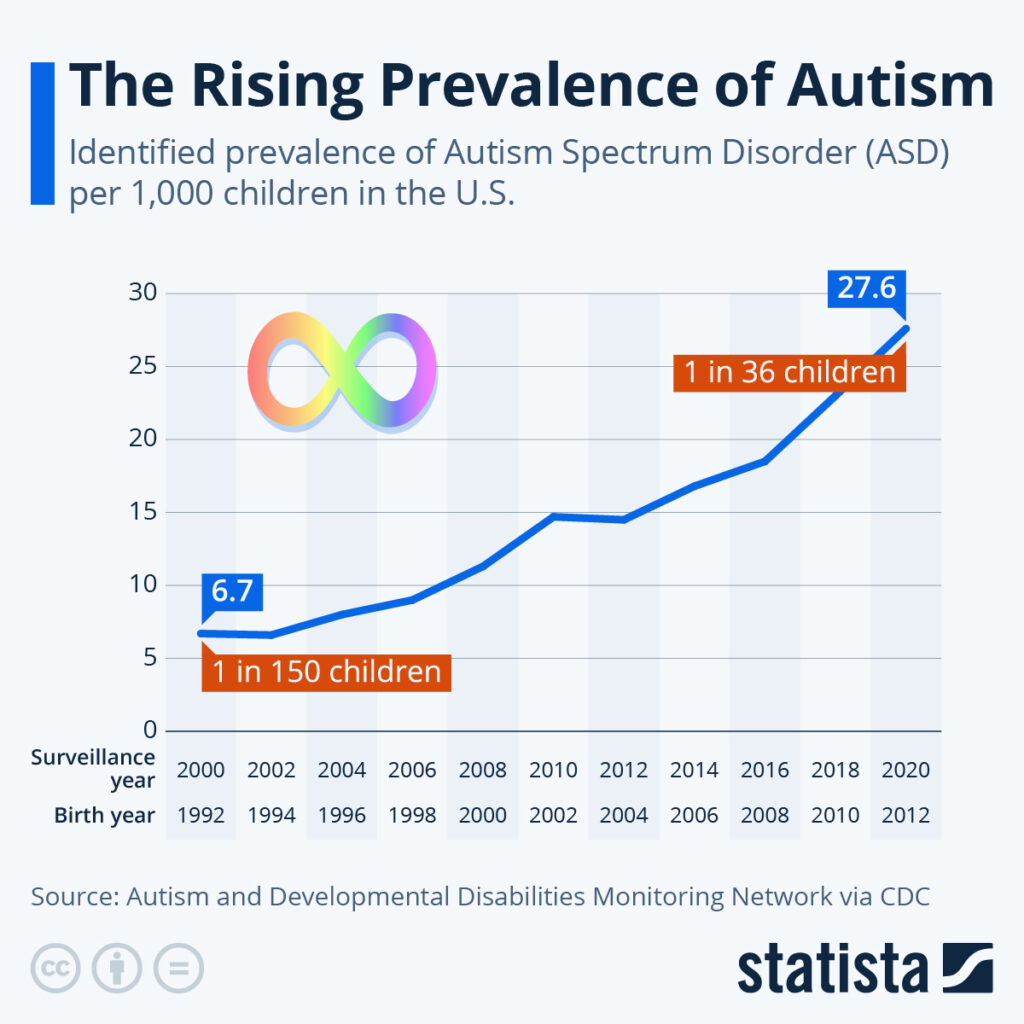
The last few decades have witnessed a remarkable uptick in the diagnoses of conditions like Autism and ADHD. Rather than hastily labeling it as a trend of overdiagnosis, it’s essential to understand the multifaceted causes:
- Generational Shifts in Mental Health Perception: As of 2020, the CDC reports that 1 in 54 children has been identified with Autism Spectrum Disorder (ASD). Comparatively, in the early 2000s, this number was 1 in 150. This significant rise can be attributed partly to the changing perceptions around mental health and more rigorous diagnostic procedures.
- Dietary and Environmental Considerations: Research from Harvard School of Public Health indicates that prenatal exposure to air pollutants, such as fine particulate matter, is associated with a 60% increased risk of developing autism.
- Refinement in Diagnostic Framework: With the introduction of the DSM-5 in 2013, it was found that many previously diagnosed with Asperger’s Syndrome were now being categorized under the broader Autism Spectrum Disorder, leading to an increase in reported cases.
The Hidden Struggles
Denver’s Hidden Crisis: The Grim Reality

Behind the veil of individual tales lies a more disconcerting, systematic conundrum:
- The ‘Invisible’ Predicament: An overwhelming number of neurodiverse students grapple with feelings of neglect due to crowded classrooms, a deficiency in specialized teacher training, and scant resources.
- The Stalemate with External Evaluations: The widespread hesitation by schools to recognize external assessments poses a monumental challenge, leaving numerous guardians in utter despair.
The Convoluted Web of Healthcare Bureaucracy:
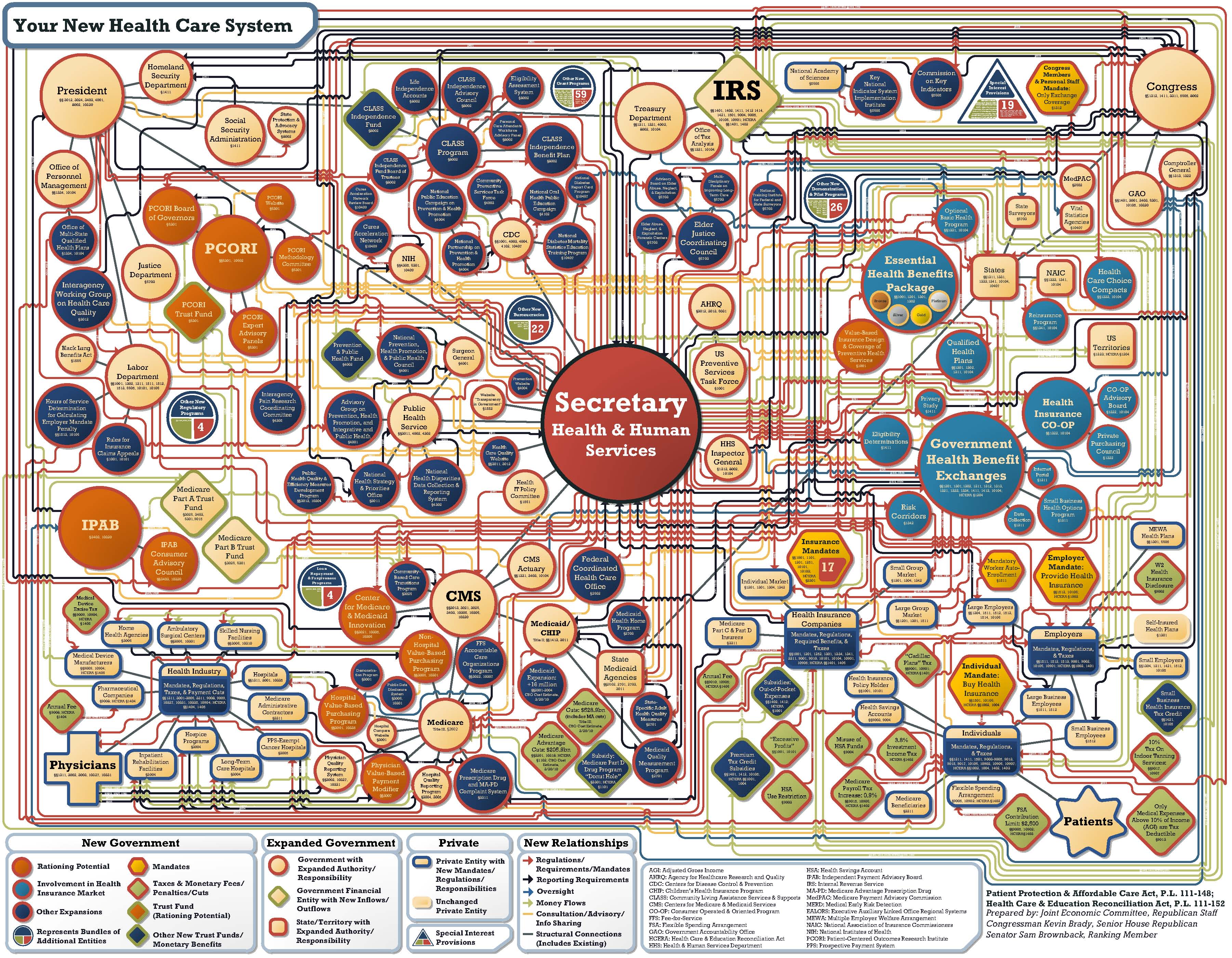
State health insurances, like Medicaid in Colorado, introduce another layer of complexity. Restricting billing to one psychological assessment annually and the agonizingly long waiting periods render the diagnostic journey harrowing. Furthermore, the curious practice by some evaluators to bifurcate ADHD and autism evaluations, despite the DSM’s clarifications, exacerbates the dilemma.
The Broader American Landscape:
The challenges encountered in Denver echo throughout the nation. Across the sprawling expanse of the US, public charter schools, frequently celebrated for their operational flexibility, paradoxically falter in assisting their neurodiverse pupils:
- Funding Dilemmas: In 2019, the federal government covered only 13% of the cost for students with disabilities, far from the originally promised 40% when the Individuals with Disabilities Education Act (IDEA) was signed into law in 1975.
- Shortcomings in Educator Preparedness: According to a report by the National Council on Teacher Quality, only 17% of special education programs in the US train student teachers to teach reading as per the best practices established by research.
The Future & Personal Endeavors
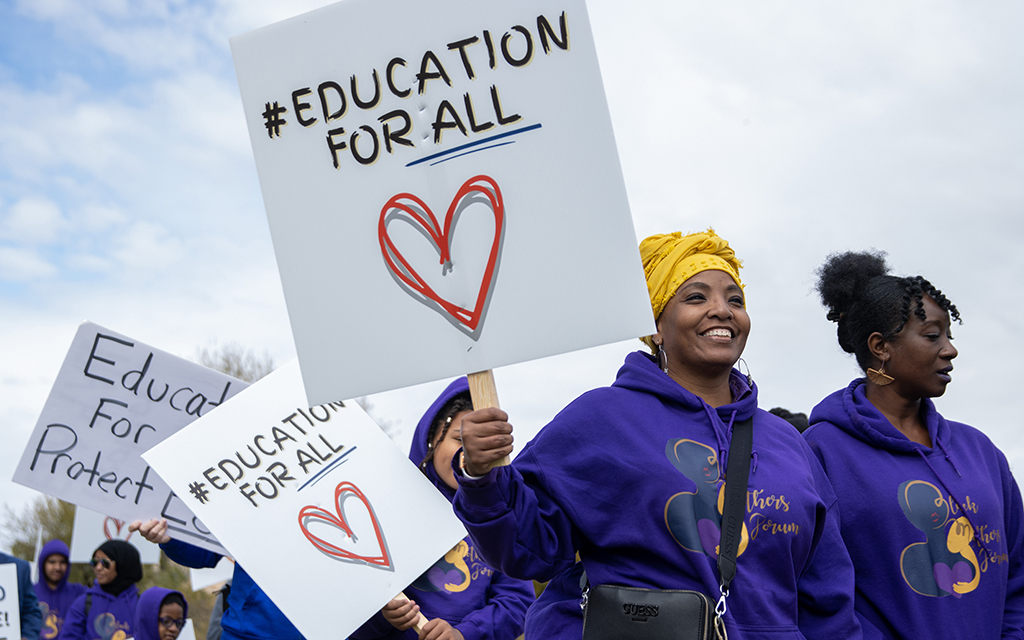
The Road Ahead:
The urgency for a seismic shift in perspective and action is undeniable:
- Embracing External Evaluations: Schools must recognize external diagnostic processes as invaluable aids in sculpting bespoke educational trajectories.
- Elevating our Educators: A robust investment in targeted training and resources is pivotal to capacitate teachers in nurturing every child’s unique potential.
- Harmonized Advocacy: A unified voice comprising parents, educators, and the broader community is indispensable for championing reforms at the policy echelons, ensuring no child is left behind.
In Summation:
The National Center for Education Statistics (NCES) in 2021 stated that 7 million students received services under the Individuals with Disabilities Education Act (IDEA). With such a staggering number, it’s evident that there’s much work to be done. Our collective efforts can ensure that public education’s covenant isn’t merely a hollow echo.
Pushing Through Exhaustion:

Navigating the educational system for my child’s diverse learning needs has been a journey of persistence, laced with bouts of exhaustion. Each hurdle, whether it was the school’s skepticism towards a virtual ADHD assessment platform amidst a pandemic that embraced virtuality, or the dismissal of carefully selected assessment scales for a separate autism assessment, only fueled my determination.
It’s bewildering to encounter seemingly baseless requirements, like a nearby county’s alleged specific autism scale for diagnosis, especially when they remain undocumented. The reluctance to recognize the KTEA, given its familial evaluator, felt like an additional weight on already burdened shoulders.
However, each challenge serves as a reminder of the importance of advocating for our children, no matter the obstacles. Despite the fatigue and the walls we’ve encountered, we remain unwavering in our commitment. Our journey underscores the urgent need for more understanding and flexibility in neurodiverse education, and we’ll keep pushing until that change is realized.
Persevering Through Unimaginable Challenges:
The pivot from a Charlotte Mason/AmblesideOnline homeschooling curriculum to the bustling hallways of public schools wasn’t exactly what I had sketched out in my 5-year plan. Yet here we are, navigating this new chapter with a mix of tenacity and well-practiced eye rolls.
As a single mama helming a brigade of four unique boys within a lively family of seven, life’s script keeps me on my toes. My brother’s recent surgery shifted the financial baton solely into my hands, and with a justice-involved background, the job market isn’t exactly laying out the red carpet for me.
But hey, America’s longstanding tradition of ensuring those with such backgrounds keep paying for their past, long after serving their time, isn’t exactly news to me.
While I could wax poetic about the challenges of finding a career role, I’m choosing gratitude. Yes, I’m serving up lattes and sandwiches with a side of internal despair, but I’m also privileged to have a job in an environment that often isn’t so forgiving.
And every evening, when the apron comes off, I pick up my pen. I dive into my monograph, immerse myself in research, and inch closer to the career I envision for myself. The daily 4-7-hour marathon driving my boys to three separate schools across counties (5 days per week) feels like a twisted plot from a satirical novel. And the schools? Well, they occasionally wear the antagonist’s hat, making support seem like a luxury.
But if there’s one thing I’ve learned, it’s to dance through the storm. I’d circle back to homeschooling in a heartbeat if life’s dice rolled that way. Until then, every sandwich, every latte, every penned word is a step towards the change we hope to see.



